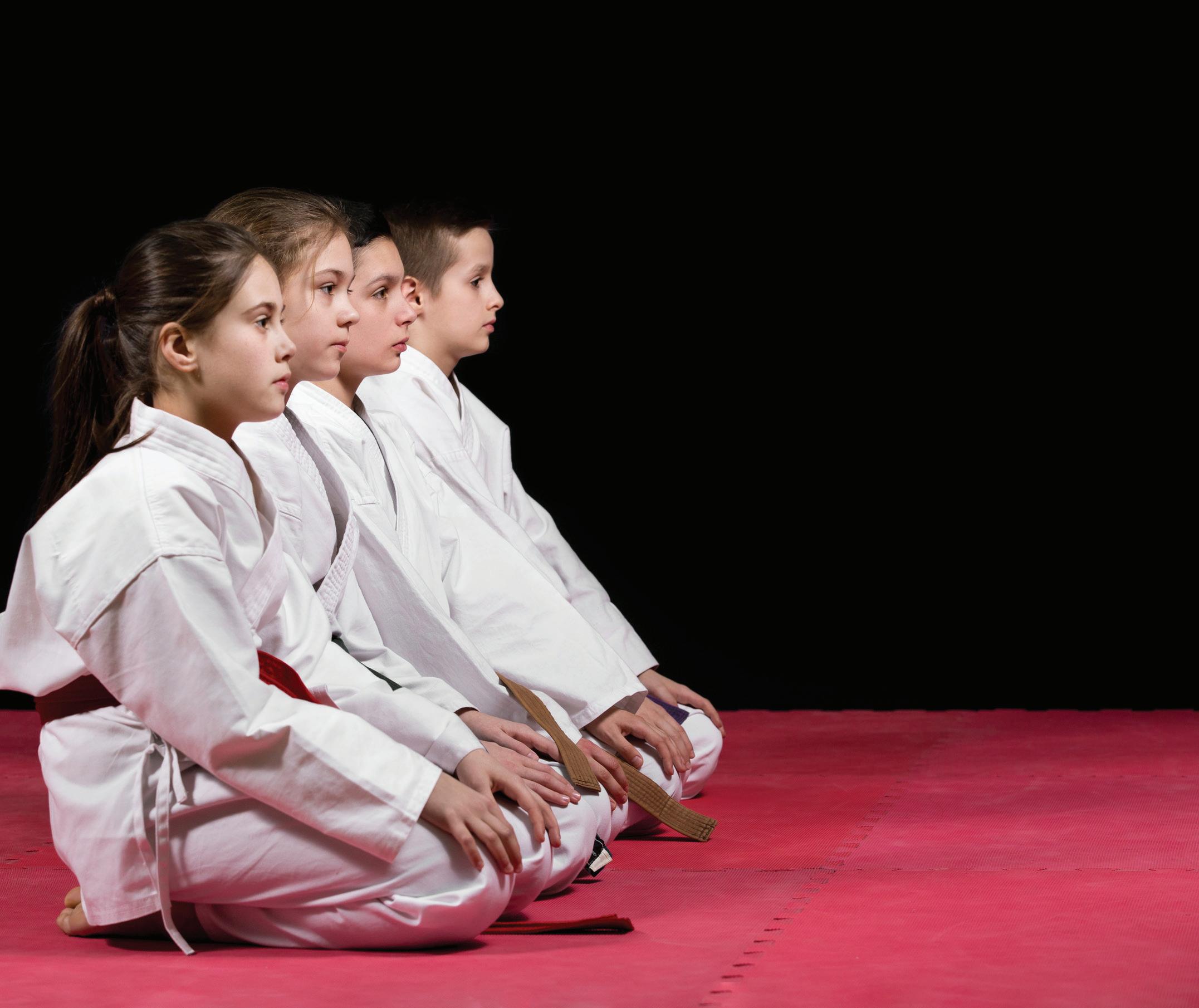
2 minute read
FEATURE
To practice Aikido IS TO LEARN TO LOVE BETTER
By Robert Brian Levy Sensei
Advertisement

Aikido is a martial art. But it is not about breaking or destroying an attacker. It is about protecting oneself. And, as the creator of the art, Morihei Ueshiba (O Sensei) saw it, it is an art whose highest aim is, ‘the loving protection of all things.’ Practicing Aikido can help us defend ourselves against a bully or other aggressor while at the same time teaching us to forgive, to make peace, and to love more fully.
In most of our ways of approaching conflict, both within ourselves, with friends, family, and co-workers, and even with larger entities like companies, or other nations, we tend to resort to strategies of force against force. We are reared to believe in me versus you, us versus them, I win, you lose, or vice versa. Aikido practice teaches us another way.
When we practice this ‘‘art of peace’’ (one good translation of the Japanese word Aikido) we take turns playing the role of ‘attacker’’ (uke) and ‘peace-maker’’ (nage). Together we practice more controlled scenarios in the dojo (place where one practices a martial art such as Aikido) to learn methods of creative and effective conflict resolution. As our level progresses, we take away more of the control and practice more realistic scenarios.
Aikido works by getting out of the way of aggression. But not by "fleeing from it’’. Not ignoring it. We learn to get out of the way just enough to be able to effectively re-direct the attack so that the attacker’s aggression is neutralized. In practice this often leads to the attacker ending up on the ground or even pinned in a joint lock, giving the ‘‘peace-maker,’’ the Aikidoist, the time to either flee the scene or hold the attacker down until they either calm down or help arrives.
Aikido practice teaches us effective and fun self-defense. We develop better fitness, stamina, flexibility, strength, and peace of mind. And we also learn how to take what we are learning on the practice mats in the dojo out into the world and into our daily interactions with others and ourselves. We learn that empathy, forgiveness, and kindness are more effective ways of showing up in our lives than indifference, resentment, and cruelty. We learn that if we can truly learn to ‘‘blend’’ with the intention of an attacker, not meeting force with force, but rather showing him or her another way to go, that we can transform both ourselves and those around us by this most fundamental of means – loving our "enemies."










